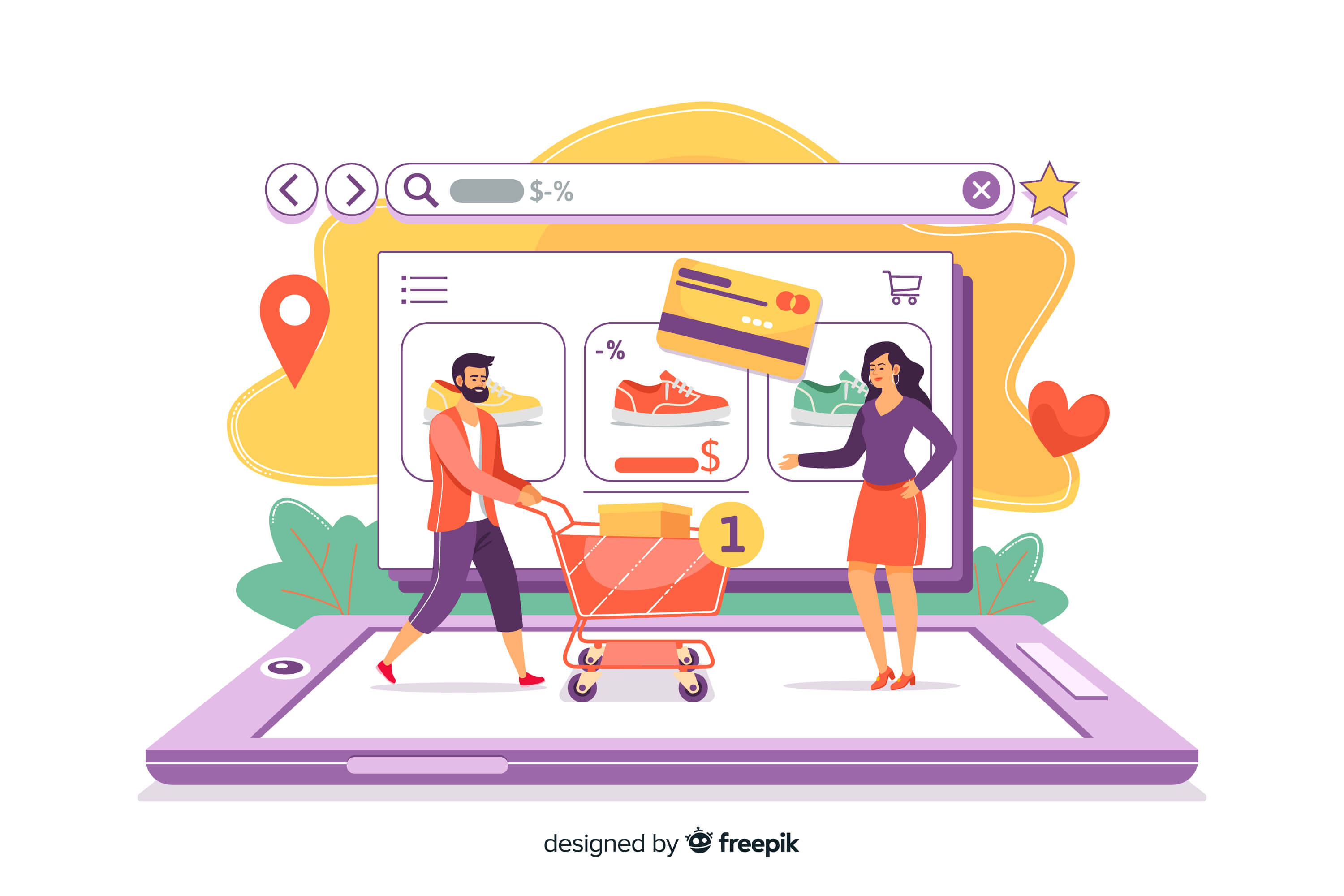How to start coding for an e-commerce website

The advancement in technology has made people choose the most convenient way of buying products without going to physical stores. Online shopping has escalated at a high rate since the pandemic and lockdown. They prefer to shop for products that reach their doorsteps which makes it essential for all kinds of businesses to have e-commerce websites. Through e-commerce, products are shown to a large audience. Custom web development plays a crucial role in creating tailored e-commerce platforms that meet the unique needs and preferences of businesses and their customers, ensuring a seamless online shopping experience.
E-commerce websites are increasing each day and there are many more businesses to invest in ecommerce platforms. It creates competition for businesses with e-commerce against the traditional one and adds credibility to the website. E-commerce and classified is different based on its features
Are you into coding e-commerce websites?
Then you can code your website using programming languages like HTML, CSS, Javascript, and other server-side languages like PHP or Python. Even though creating e-commerce websites from scratch is a complex task, the frameworks and platforms used make it simple.
Coding with HTML and CSS
The advancement in technology has made people choose the most convenient way of buying products without going to physical stores. Online shopping has escalated at a high rate since the pandemic and lockdown. They prefer to shop for products that reach their doorsteps which makes it essential for all kinds of businesses to have e-commerce websites. Through e-commerce, products are shown to a large audience. Is HTML becoming obsolete? Despite the emergence of various web development technologies, HTML remains a fundamental building block for creating web pages and is unlikely to become obsolete anytime soon.
E-commerce website usually has front-end development of designing and creating visually interactive websites and backend development which includes server management. Here is how to code an e-commerce website shown with these steps:
File structure:
Create Website Header:
Add Website Features:
Add website footer:
Additional pages:
Organize the files to keep the project manageable using the selected code editors. It starts by creating an index.html file and adding !DOCTYPE html declaration at the top of the webpage. Other elements such as html Tag, followed by head Tag where meta information for the search engines and stylesheets are added. The title of the page is given in title tag and the webpage contents like texts, images, links, etc are added in body tag.
CSS and Bootstrap are used to create visually pleasing websites. An individual CSS file is made for this and the link is added within the head tag on the homepage.By incorporating the above link tag, we are directing the HTML pages to retrieve our style and thereby allowing us to separate content from the presentation. Within this framework we can start to add the contents and apply the styling for your Ecommerce website.
Here the Header tag serves as a container commonly used for navigational links or introductory content. In our case, it is utilized for the top navigation of our website. On the other hand, we can say it is the body tag that contains the content which is visible on our website. It mainly functions as the primary content area of our website. Also within our HTML document, it is essential for displaying our site's content. Responsive designs are created faster using CSS Bootstrap where pre-styled components are available in its library. These components can be applied to the elements by giving particular classes.
Website features include banner section, featured products section, news product section, and contact section. Contents in the banner section is to attract visitors by providing visually appealing elements and making it functional. The featured products section easily showcases the products with its details and images in a structured way. The contact section includes a contact form for the visitors to communicate and make queries.
It is a major part of the webpage where company services are offered and other user navigation is placed. Footer is split into other small sections. Links are provided there to navigate the website users to specific sites they want.
User experience is improved by adding all products to html page and cart page enabling the users to see the purchases made by them.
